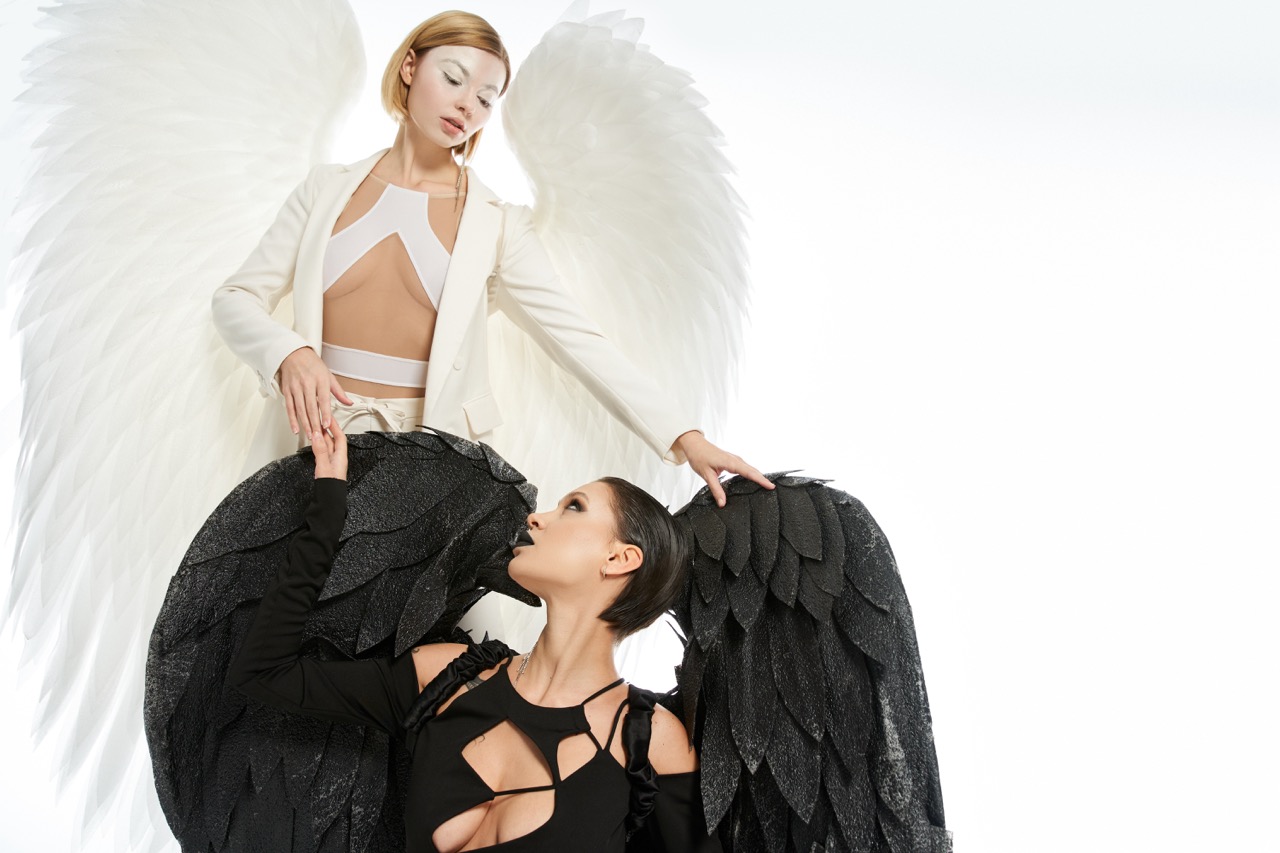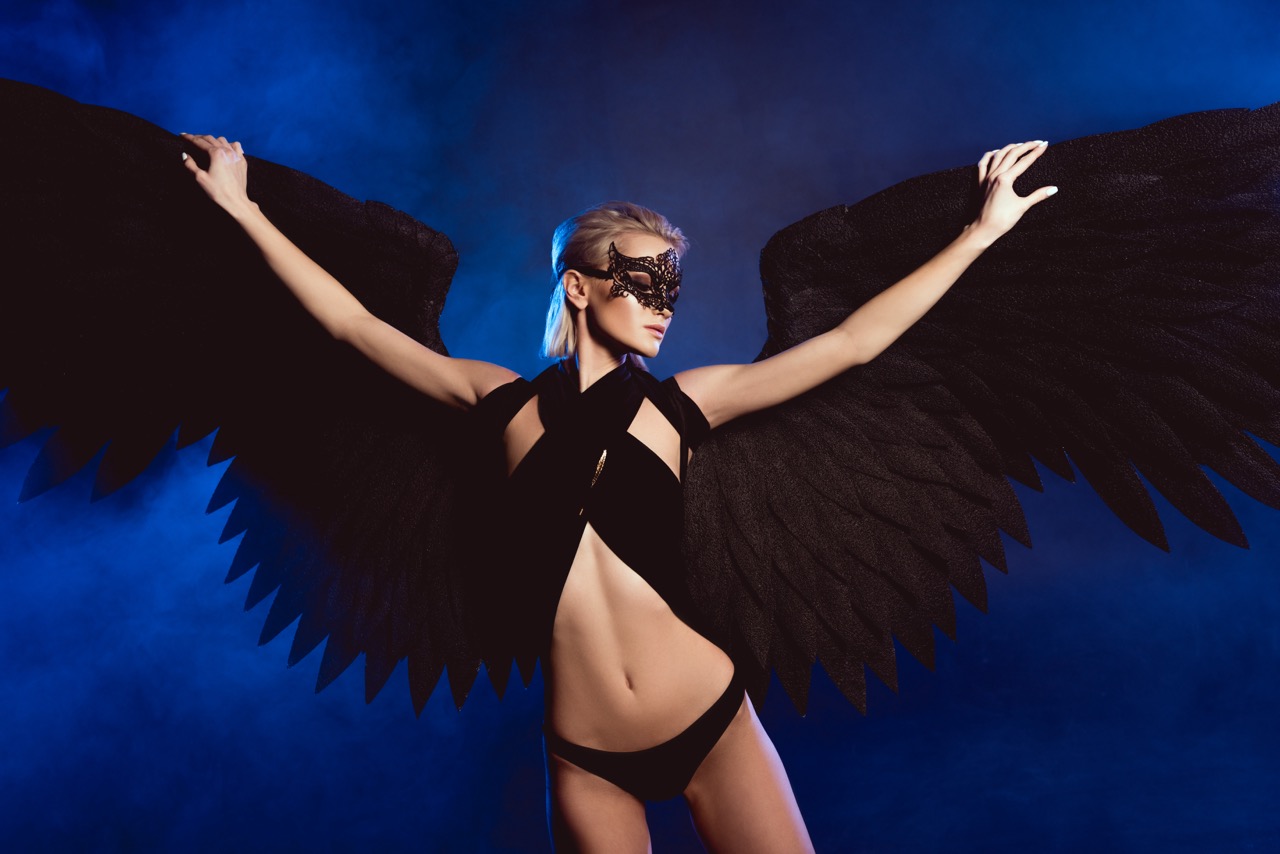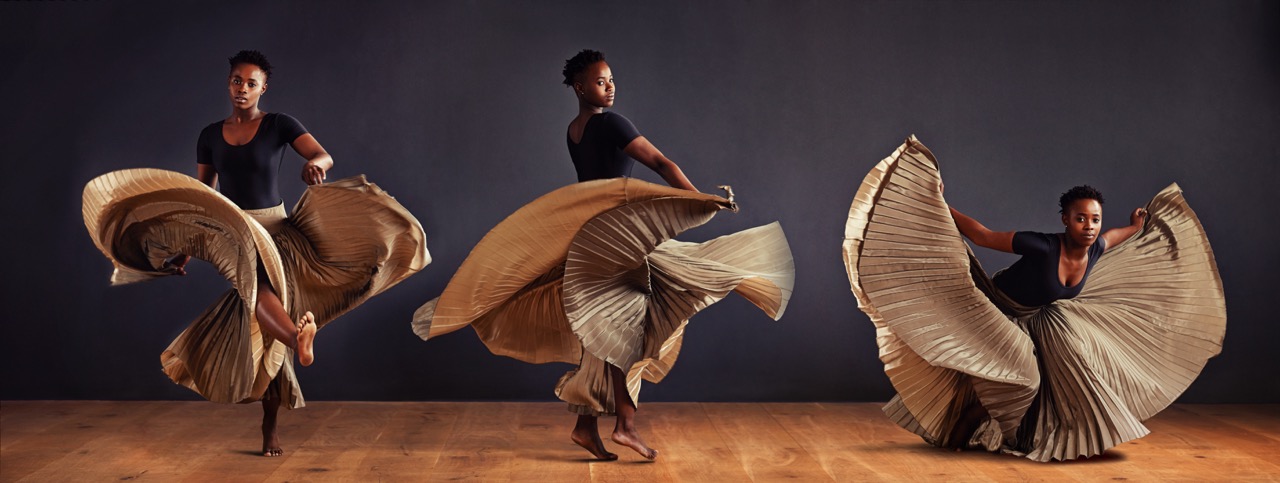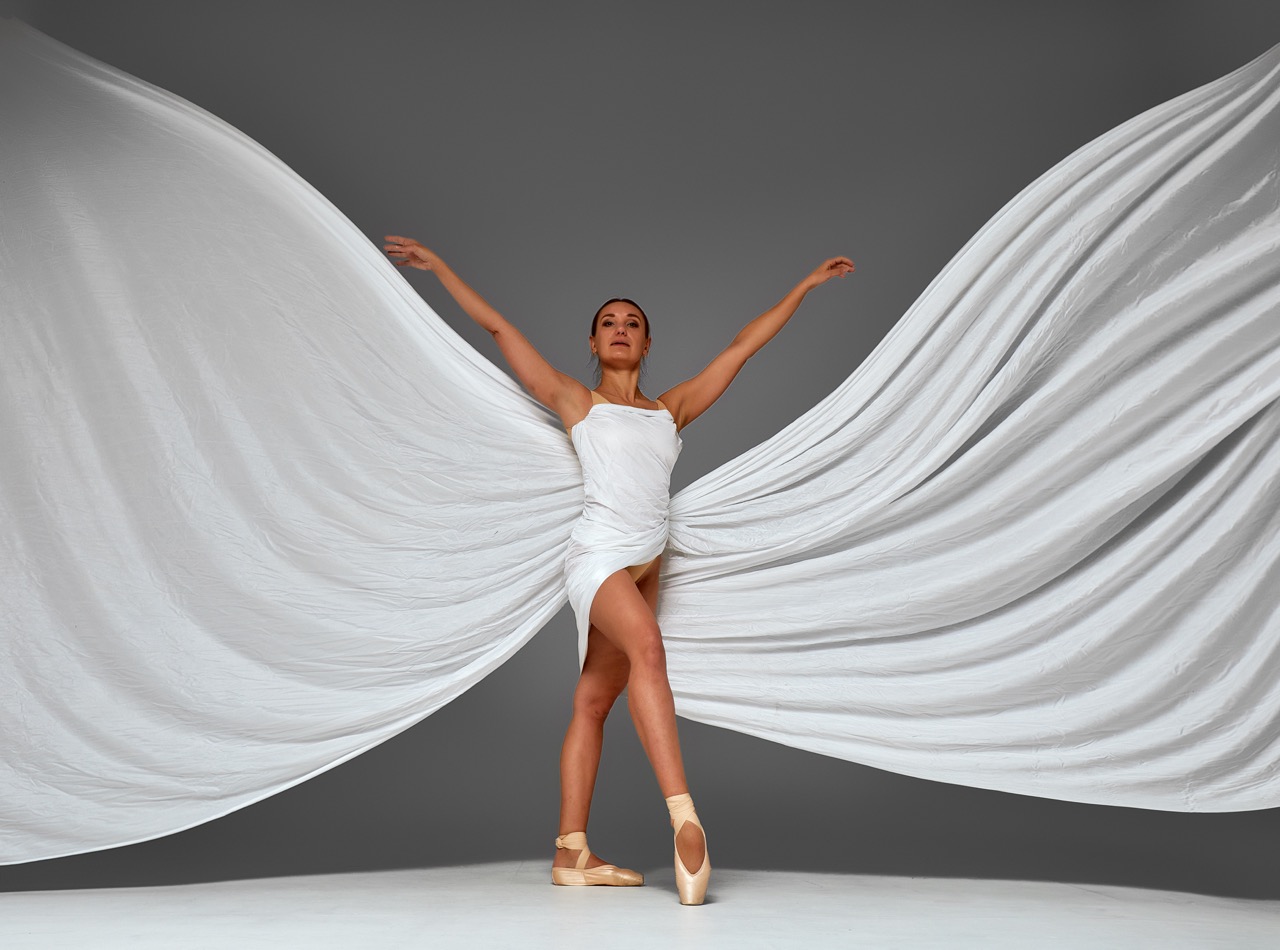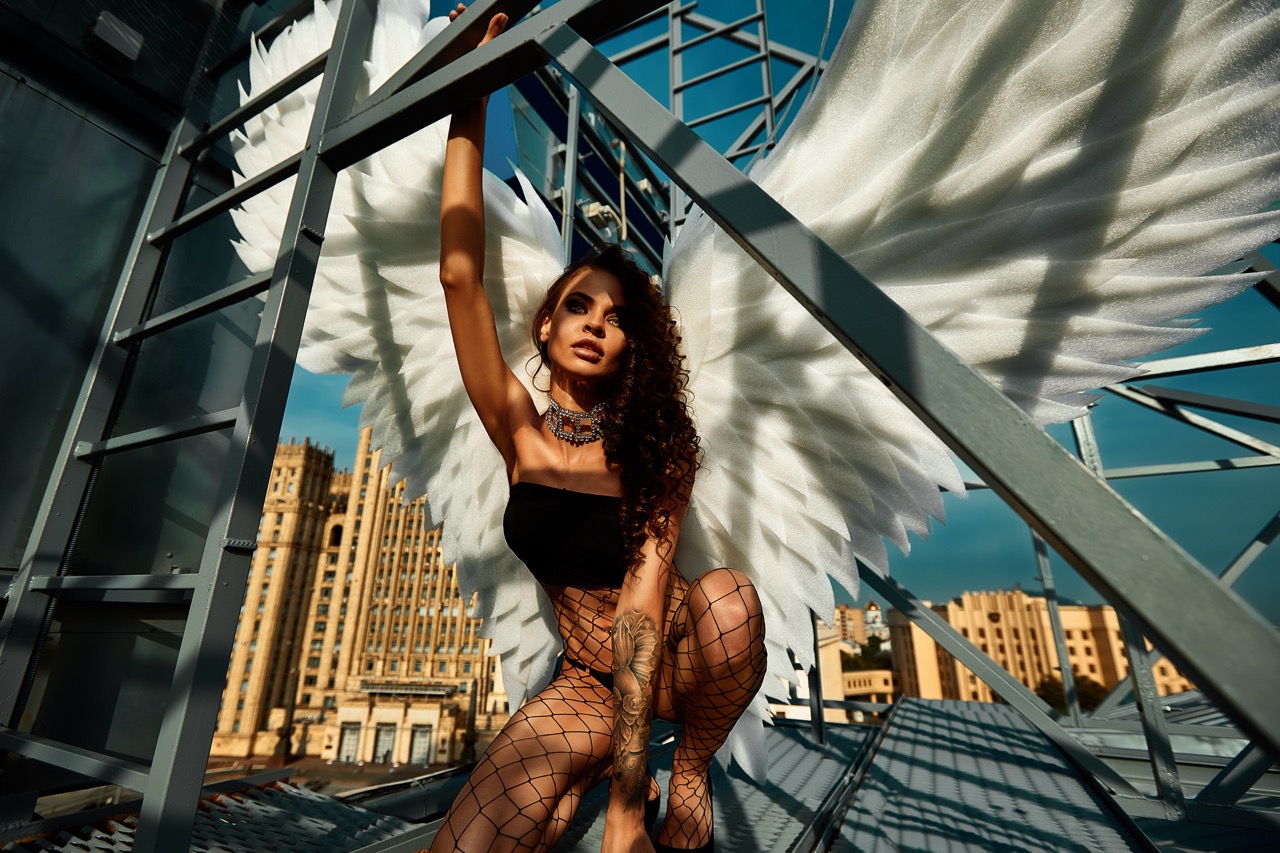In the world of dance, every performance is an invitation to explore boundless creativity, and the choice of costume can significantly enhance that narrative. Among the most captivating elements in a dancer’s attire are wings—magical enhancers that can elevate the storytelling aspect of any routine. However, deciding between angel wings and fairy wings is a nuanced decision that requires careful consideration. This article will guide you through the enchanting realm of wings, examining their distinct characteristics, aesthetic impacts, practical implications, and tips for seamless integration into your performance.
Unveiling the Magic: Angel vs. Fairy Wings Explained
Angel wings embody a sense of purity, grace, and celestial essence. Typically characterized by their larger size and soft, feathered textures, these wings evoke images of divine beings descending from the heavens. They are often portrayed in shades of white, silver, or soft pastels, lending an ethereal quality to the dancer’s appearance. The elegance associated with angel wings can amplify themes of hope, love, and transcendence in a performance, making them a compelling choice for pieces that delve into the spiritual or the sublime.
In contrast, fairy wings are whimsical and vibrant, often designed with intricate patterns and a fairy-tale charm. Their shapes can range from delicate and gossamer styles to more dramatic and ornate forms, capturing the imagination of both the dancer and the audience. The colors of fairy wings are typically bolder, featuring iridescent hues, sparkles, and even luminescent elements that reflect the playful, mischievous nature of fairies. Choosing fairy wings tends to complement narratives infused with fantasy, adventure, or a touch of enchantment, allowing dancers to embody a more playful and spirited persona.
Ultimately, the choice between angel and fairy wings should align with the storyline of your performance. Consider the emotional resonance you wish to evoke and how each wing style can enhance your character’s journey. Whether you opt for the celestial allure of angel wings or the enchanting whimsy of fairy wings, understanding their distinct qualities will empower you to create a mesmerizing performance that resonates with your audience.
The Aesthetic Impact: Choosing Your Wing Style Wisely
Aesthetic impact is crucial in dance, as visual elements complement movement and convey emotions. Angel wings, with their soft, feathery appearance, create a visual softness that can enhance the gentleness of your movements. They often embody fluidity, suggesting serenity and grace. When paired with flowing costumes or soft lighting, angel wings can transform a stage into a dreamlike landscape, captivating audiences with their ethereal charm.
Conversely, fairy wings bring a different kind of energy to a performance. Their flamboyant colors and whimsical designs can energize the atmosphere, encouraging a playful and spirited presentation. Whether adorned with sparkles or reflecting light, fairy wings can enhance dynamic movements, drawing the audience’s eye and adding a layer of visual excitement. This vibrant style is especially effective in performances that require a joyful or effervescent energy, as they invite a sense of wonder and imagination.
When choosing between these two styles, consider the overall aesthetic of your performance. The dance’s thematic elements, music, and choreography should harmonize with your wing choice. By thoughtfully selecting wings that resonate with your artistic vision, you can create an immersive experience that captivates the audience, elevating your performance to new heights of creativity and expression.
Practical Considerations: Comfort and Movement in Dance
Beyond aesthetics, the practicality of wearing wings in a dance performance is a vital consideration. Angel wings, while beautiful, can sometimes be bulky and heavy, potentially restricting movement or making it challenging to execute certain dance techniques. It’s essential to evaluate the structure of the wings and their weight, ensuring that they allow for full range of motion without compromising your performance quality. Fitted straps and lightweight materials can enhance comfort, enabling you to focus entirely on your choreography rather than adapting to cumbersome wings.
Fairy wings, on the other hand, are often designed with mobility in mind. Their lighter materials and smaller profiles can provide greater freedom of movement, allowing for intricate footwork and dynamic body movements. However, this does not mean that fairy wings are without their challenges. Their delicate construction might be prone to damage during vigorous performances, so dancers should ensure that their wings are securely attached and able to withstand the rigors of dance. Testing the wings during rehearsal is crucial to identify any potential issues before the performance.
Ultimately, choosing wings that balance aesthetics with practicality can greatly impact your performance. Consider how the wings fit into your overall costume and whether they enable or hinder your movements. The right wings should feel like a natural extension of your body, allowing you to dance with both confidence and grace, creating a seamless blend of artistry and expression.
Elevate Your Performance: Tips for Wing Integration
Integrating wings into your dance performance can transform your routine into a captivating visual spectacle. To achieve this, start by rehearsing with your chosen wings well in advance. Familiarize yourself with their size, weight, and how they respond to your movements. This practice will help you anticipate how the wings will behave during different sections of your dance, allowing you to find the right balance between using them as a prop and maintaining fluidity in your performance.
Moreover, consider coordinating your choreography with the details of your wings. For instance, if you choose angel wings, your movements can mirror their gentle, flowing lines, enhancing the overall theme of grace and serenity. Conversely, if you go for fairy wings, you might incorporate sharp, playful gestures that reflect their vibrant energy. Tailoring your dance to complement the wings will create a cohesive performance that captivates the audience and draws them into your story.
Finally, don’t underestimate the power of stage presence when performing with wings. Engage with your audience through eye contact and expressive movements, allowing your wings to become a part of your storytelling. Use your wings not just as a costume element but as an extension of your character. When you dance with confidence and passion, your wings will become a magical complement to your performance, elevating it from mere movement to a mesmerizing narrative.
Choosing between angel and fairy wings is an enchanting journey filled with possibilities that can significantly enhance your dance performance. By understanding the unique qualities of each style, considering practical aspects of comfort and movement, and integrating them thoughtfully into your routine, you can create a truly magical experience for your audience. Whether you embrace the celestial allure of angel wings or the whimsical charm of fairy wings, your choice will reflect not only your artistic vision but also the transformative power of dance. Happy dancing!






